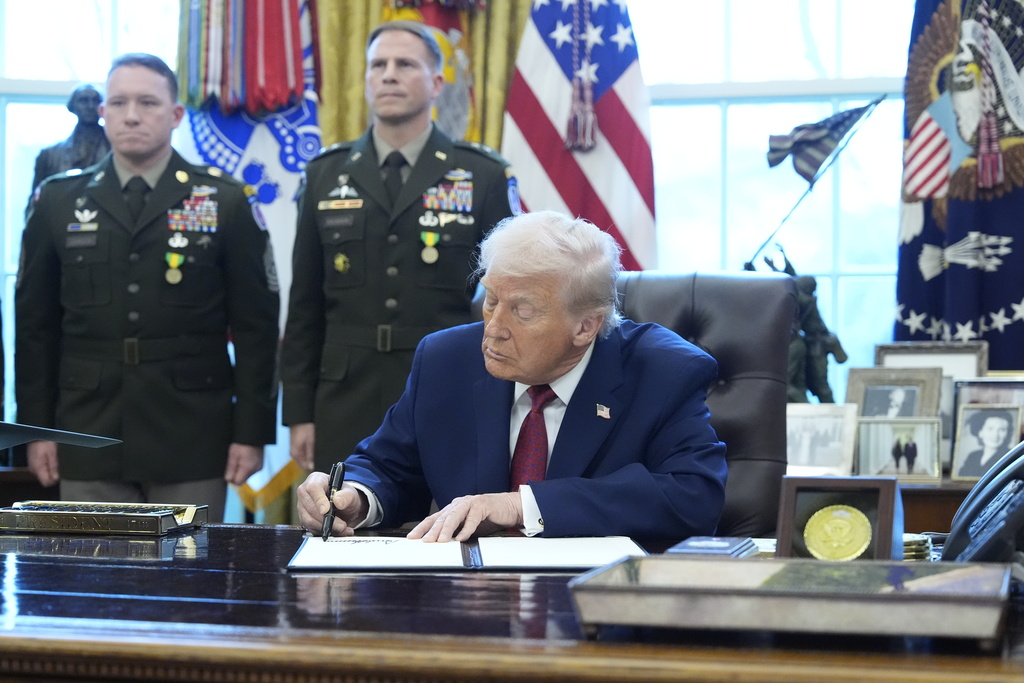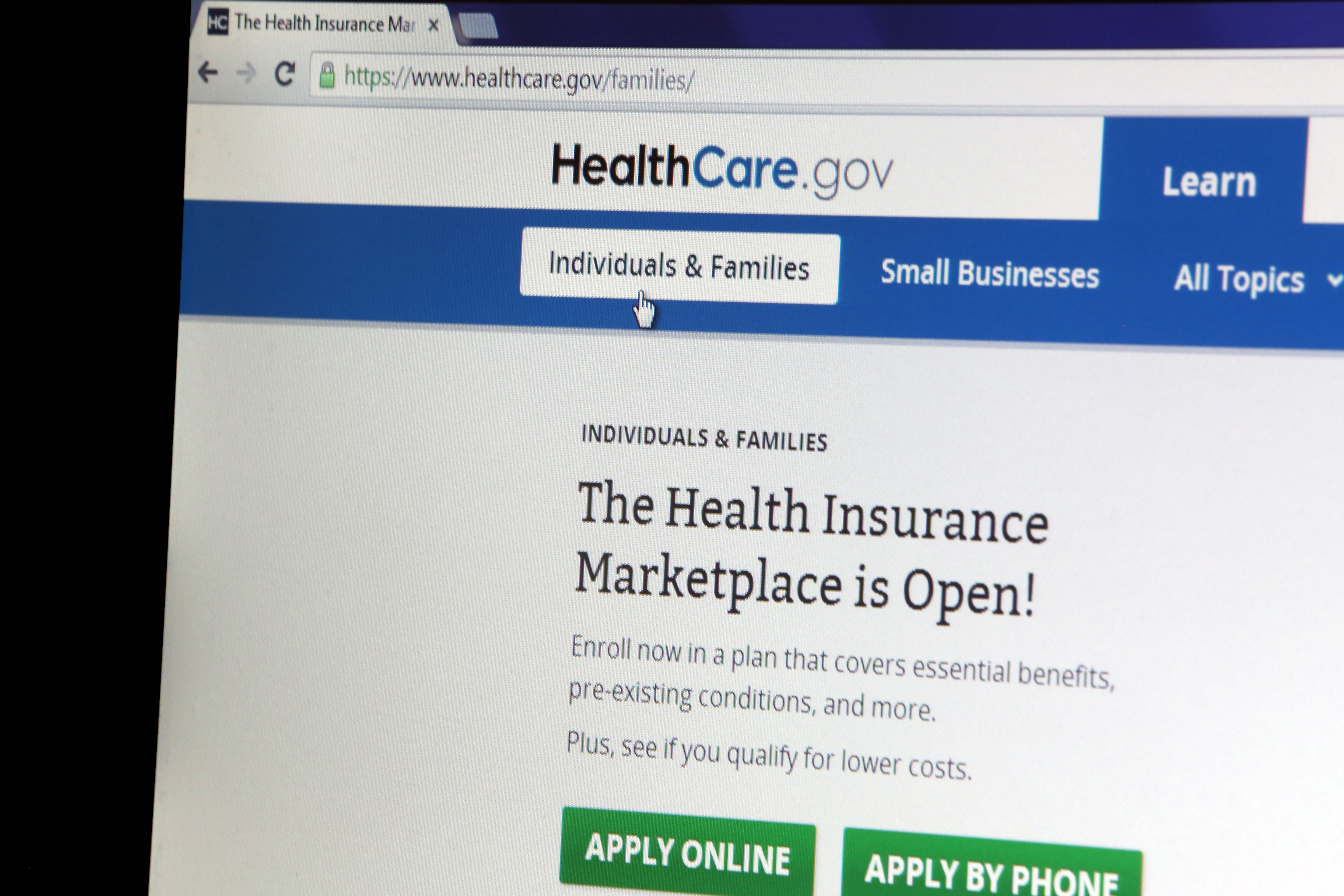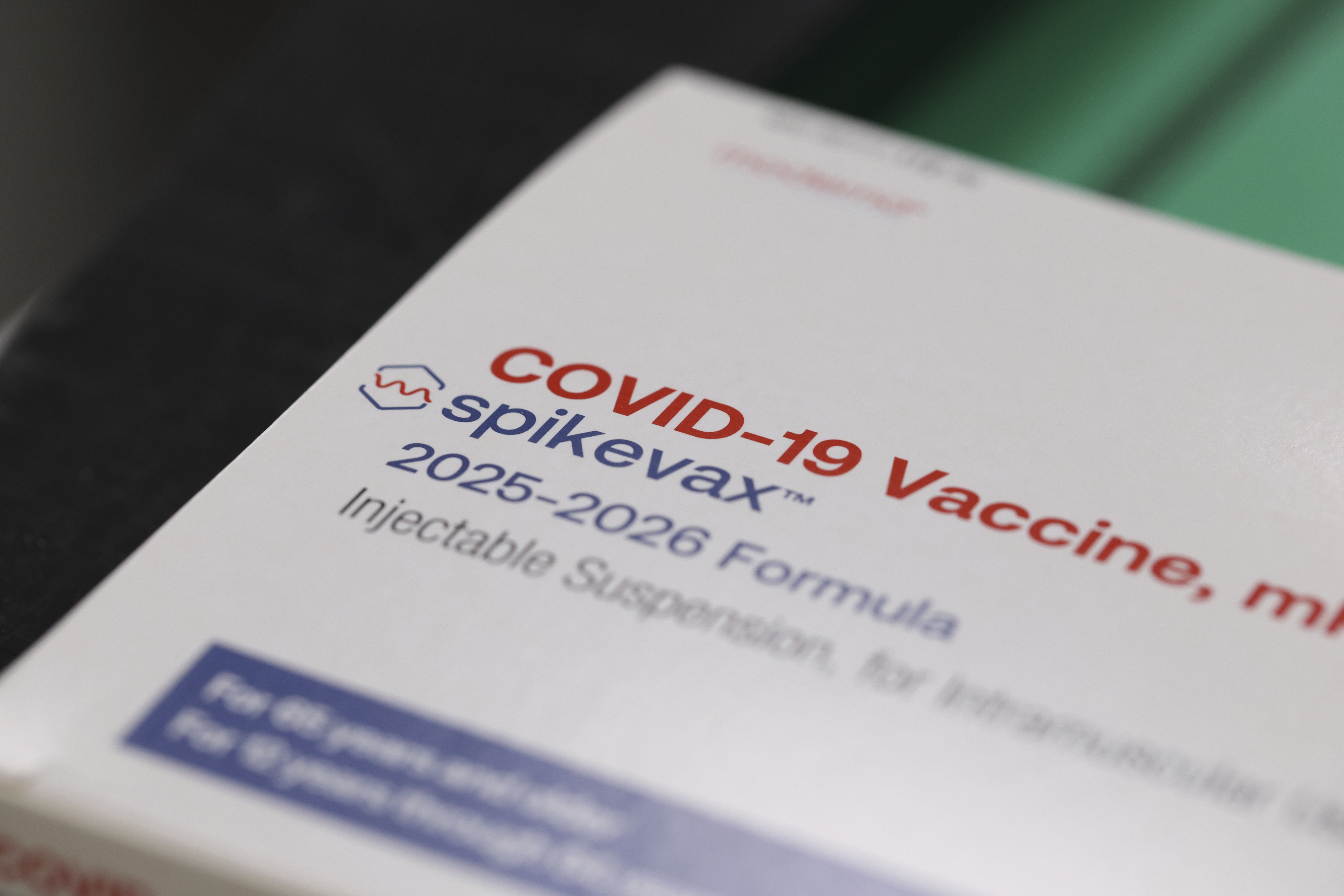On Thursday, President Donald Trump declared the opioid crisis a public health emergency.
The move is somewhat out of line for the administration. In August, the Chris Christie-led Commission on Combating Drug Addiction and the Opioid Crisis told Trump that he should declare a national emergency. The president said he planned to follow the recommendation, but he has since changed course.
There are key differences between declaring a crisis a public health emergency versus a national emergency — mainly money. A public health emergency allows federal agencies to redistribute existing resources to fight the crisis. One plan lets states shift federal funds used for HIV programs to opioid addiction programs.
But experts worry that the Public Health Emergency Fund won't be able to provide enough money to solve the problem. There's only $57,000 left in the fund, which is microscopic compared with how much opioid substance abuse treatment costs the U.S. — at least $28 billion a year.
The money problem may have been less of a factor if Trump had declared the crisis a national emergency. In that scenario, the U.S. would've used money from FEMA's Disaster Relief Fund to combat opioid addiction. But officials said they didn't think it was appropriate to reallocate money for natural disasters to a much longer-term problem.
The declaration also waived some rules so federal agencies can better control the crisis as Congress and the president figure out funding. One of those changes will allow opioid addiction patients in hard-to-reach locations to consult with doctors via telemedicine in lieu of an actual appointment.




 Walgreens Will Stock Opioid Overdose Reversal Drug Naloxone Nationwide
Walgreens Will Stock Opioid Overdose Reversal Drug Naloxone Nationwide






